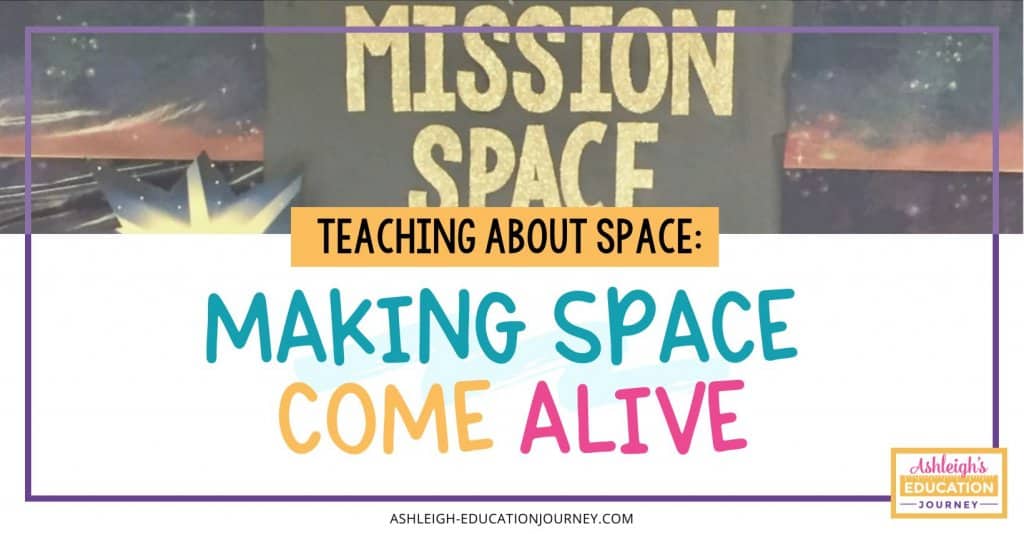
This week completed our unit on space. I wanted to end the unit in a big way, so I dedicated an entire day to teaching about space through activities. I hung a space backdrop on one of my larger walls, which made a big show! Finally, I placed a space tablecloth on my two tables.
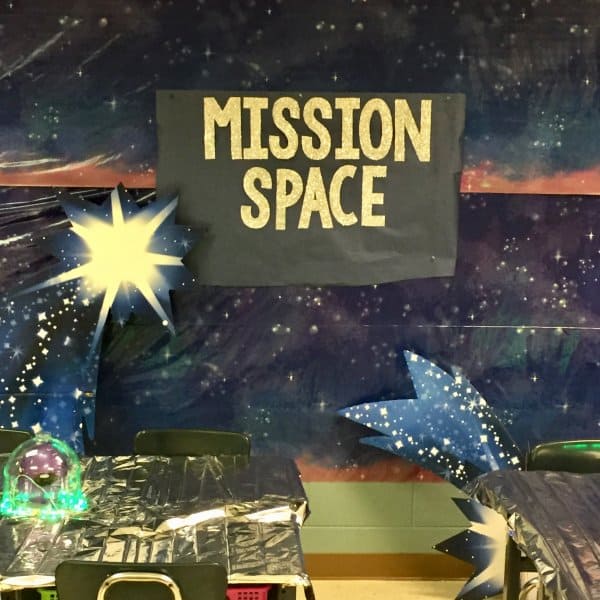
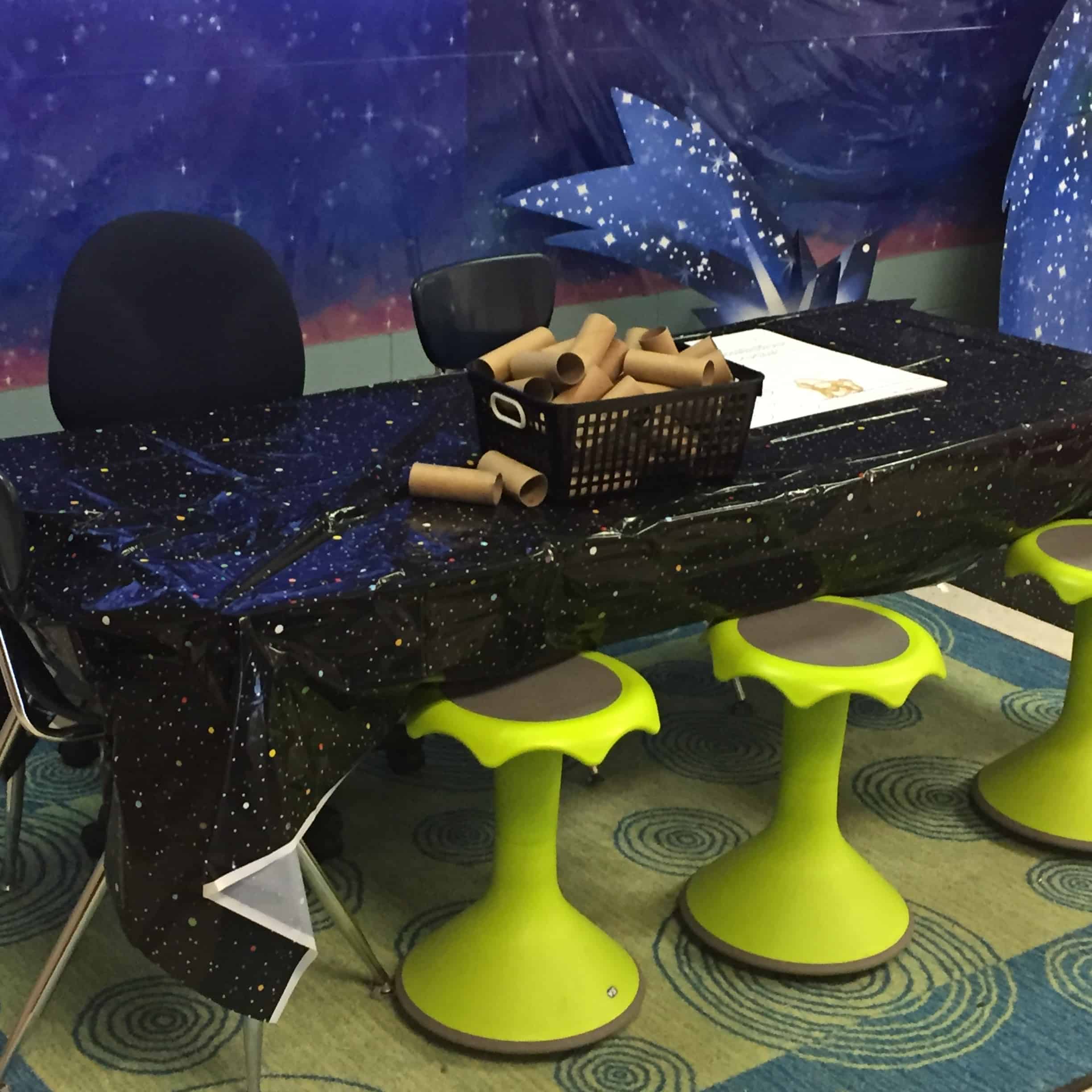
I’m sure it’s beyond cheesy, but I tried to make my students’ tables look like spaceships. I covered them with thin silver paper. Then, I placed a blow-up alien on the center of their table and covered the alien with a plastic cake topper. I wrapped green LED lights around the cake topper, which had a really cool effect when the lights were out. Naturally, the cake toppers were lifted, and I pretended to be upset, because the aliens absolutely could not breathe oxygen.

Prior to our big day, I gave each student a sheet of black construction paper and a few glow-in-the-dark star stickers. Students placed the stickers on the construction paper to form different constellations. Students then used oil pastels to connect the stars. I taped the paper to our ceiling tiles, and students LOVE seeing their designs glow when I turn off the light.

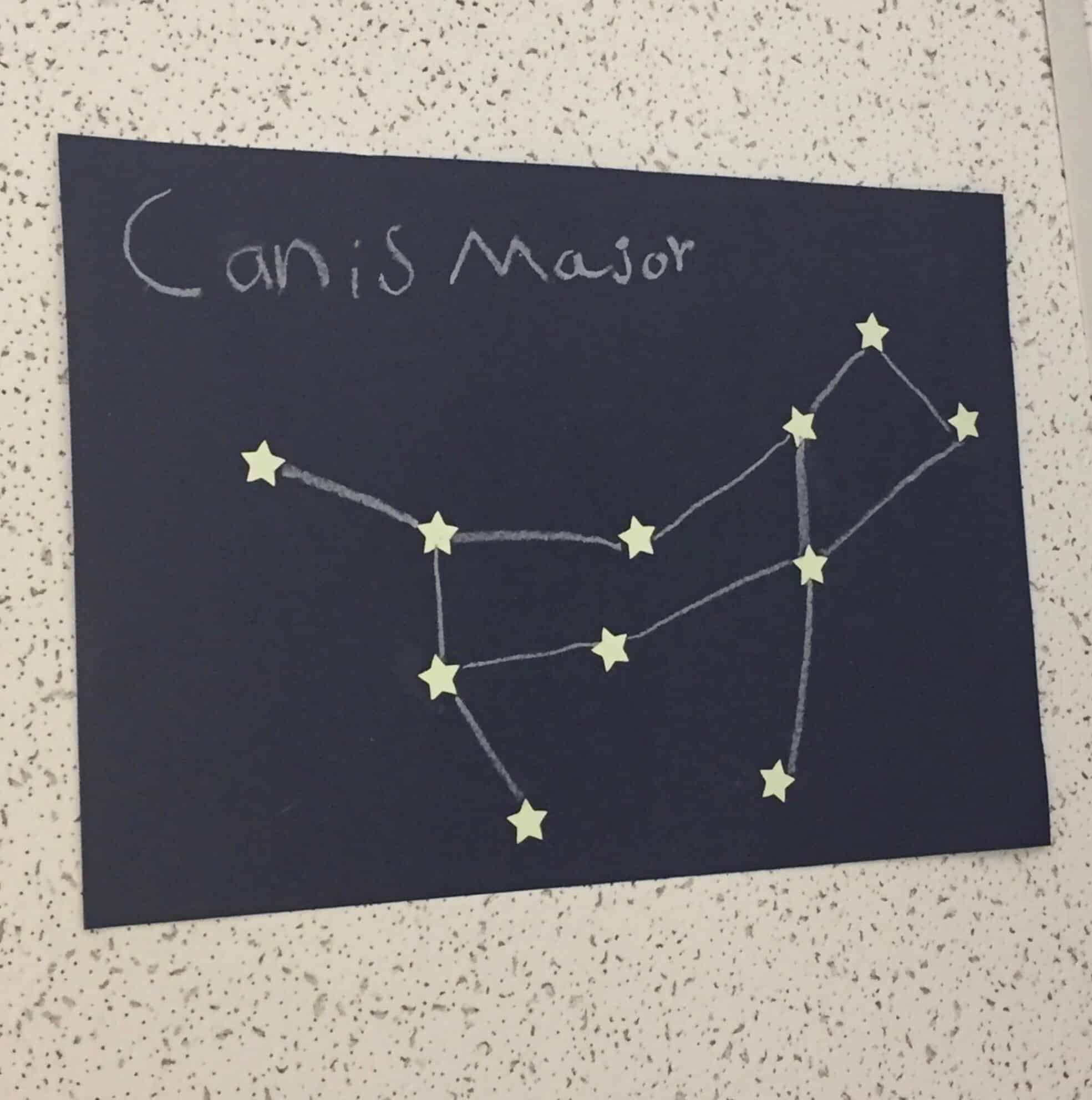
Teaching About Space with My Solar System Project
We used the day to complete the activities from my new Solar System Project. I made a packet for each group of students and placed the materials in a manila envelope. Students also kept all of their completed work in the envelopes.
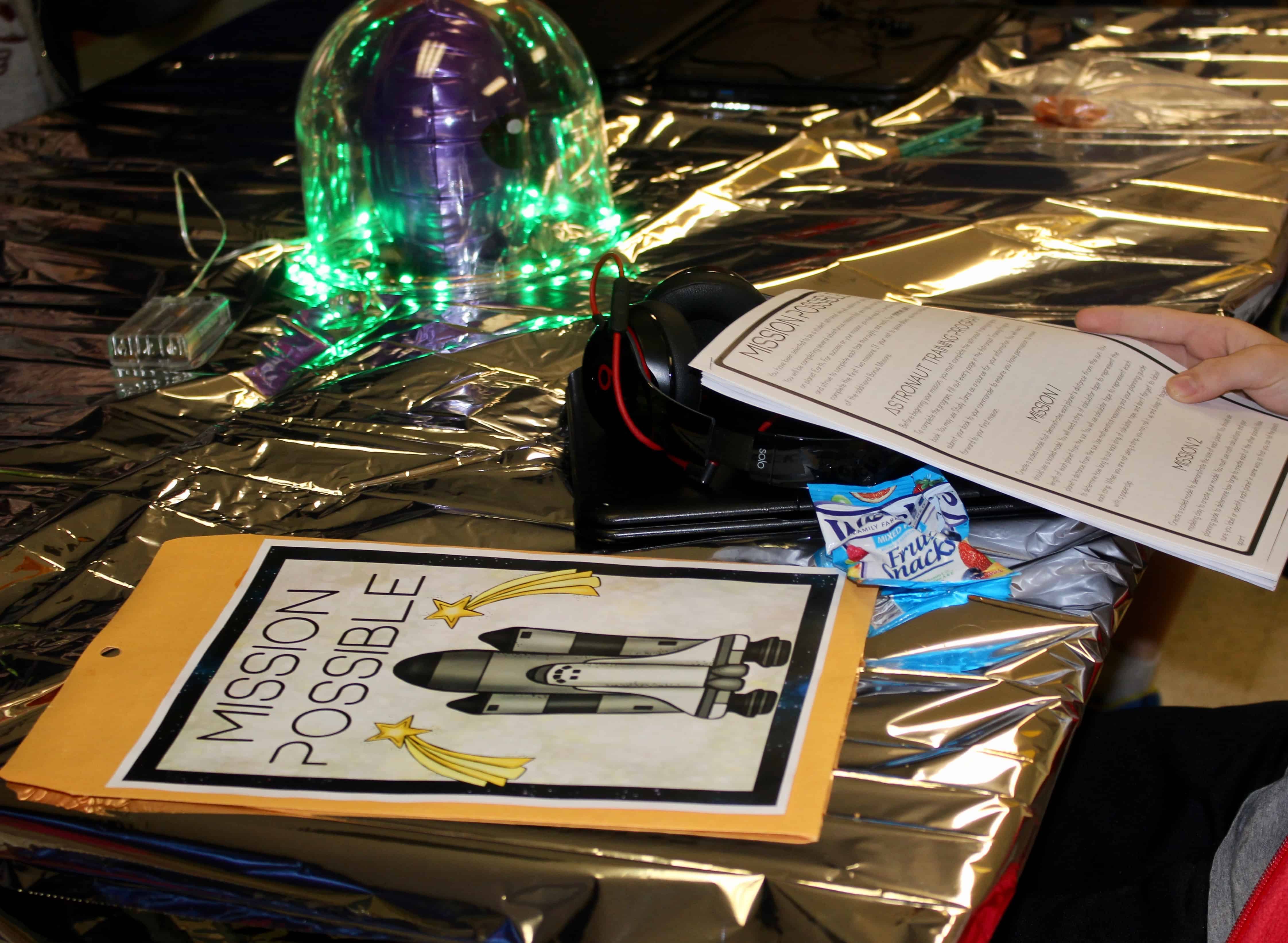
Astronaut Training Program
In the project, there are a total of six different activities or “missions” for students to complete. I arranged it so that the MINIMUM for students was to complete the first two missions. All of the other missions are “bonus missions.” However, before students can begin the missions, they must complete the Astronaut Training Program. In the booklet, students take interactive notes on the moon, day and night, seasons, inner planets, outer planets, life cycle of a star, and the universe. Once students complete the booklet, they may begin their missions! I had students use Study Jams for their research.
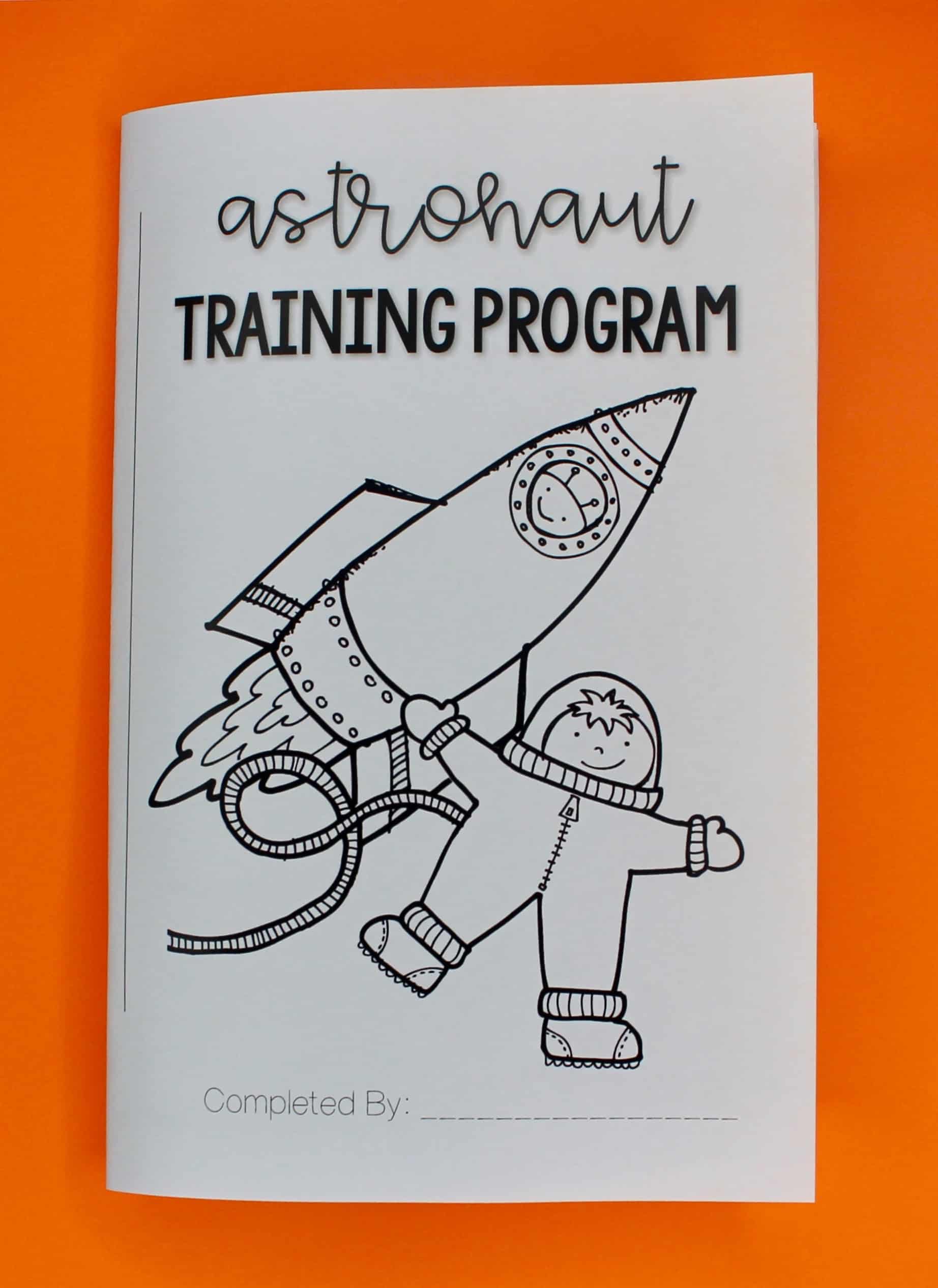
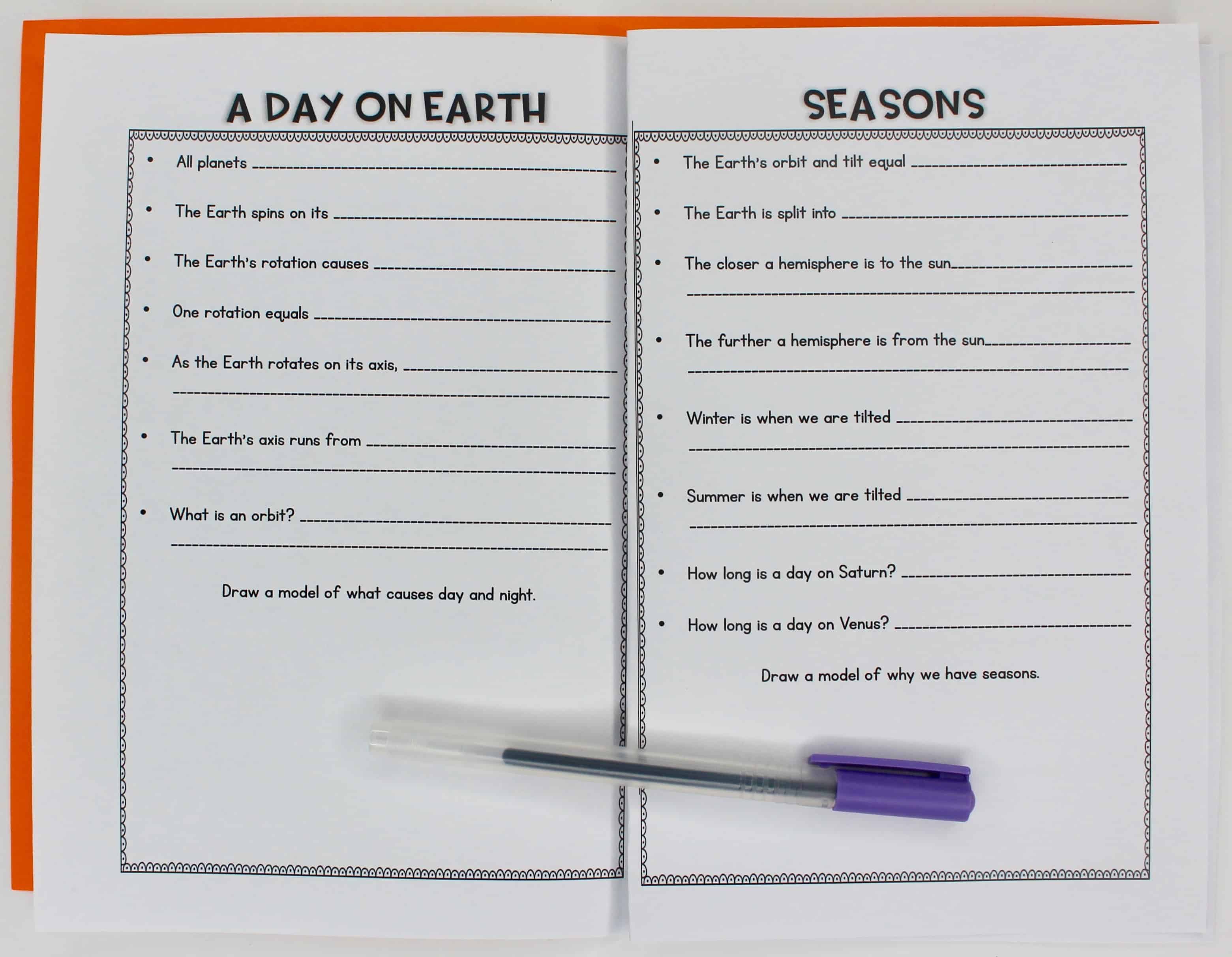
Teaching About Space: Mission 1
In Mission 1, students created a scaled model that demonstrates each planet’s distance from the sun. They used a strip of calculator tape to represent the length of each planet from the sun. This was probably the most challenging activity for students. I did need to give some groups a little extra help, since technically I don’t teach students how to round decimals. However, it was necessary for this activity, but it wasn’t hard concept for most groups to grasp, and I helped those who needed it.
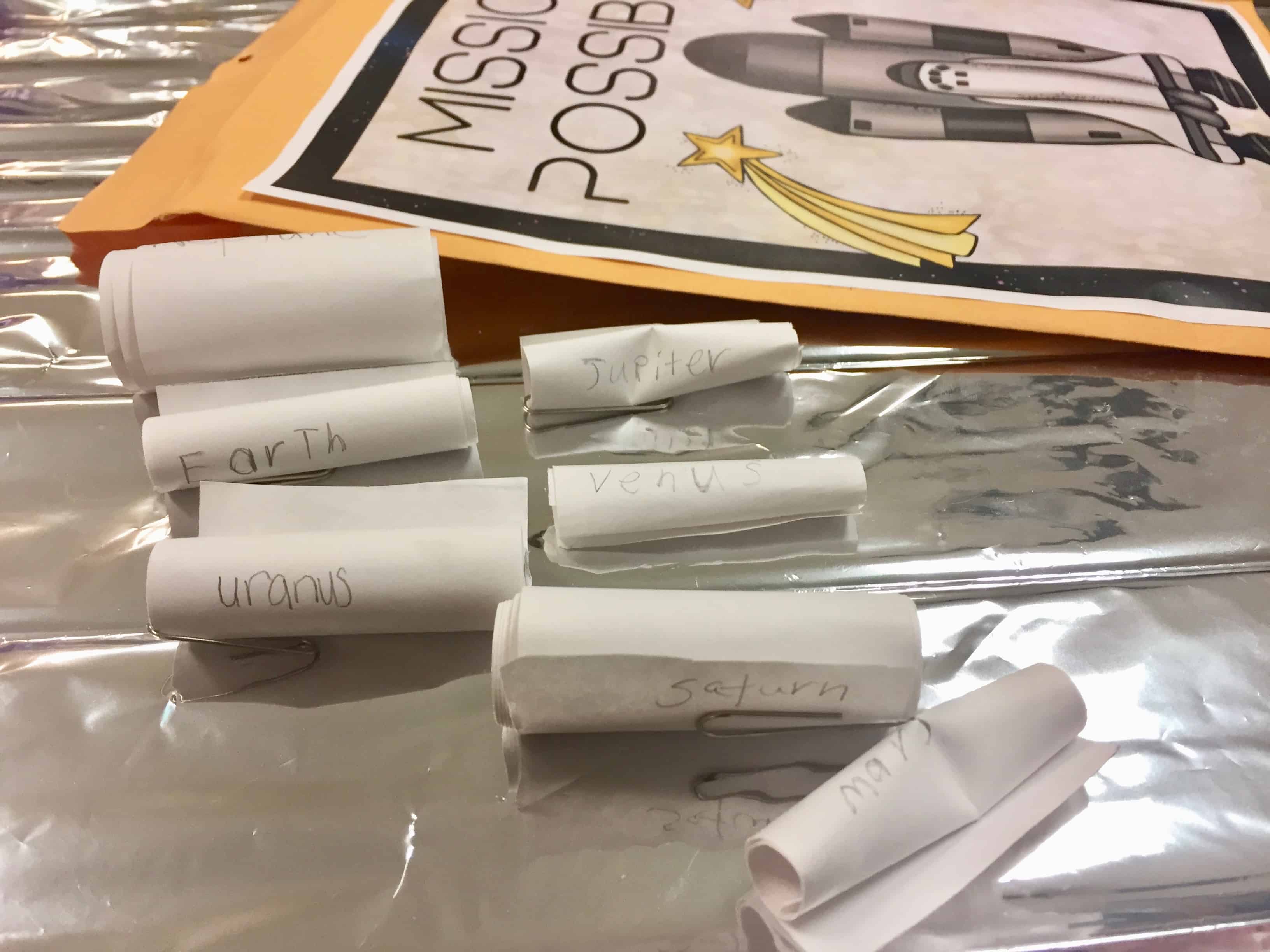
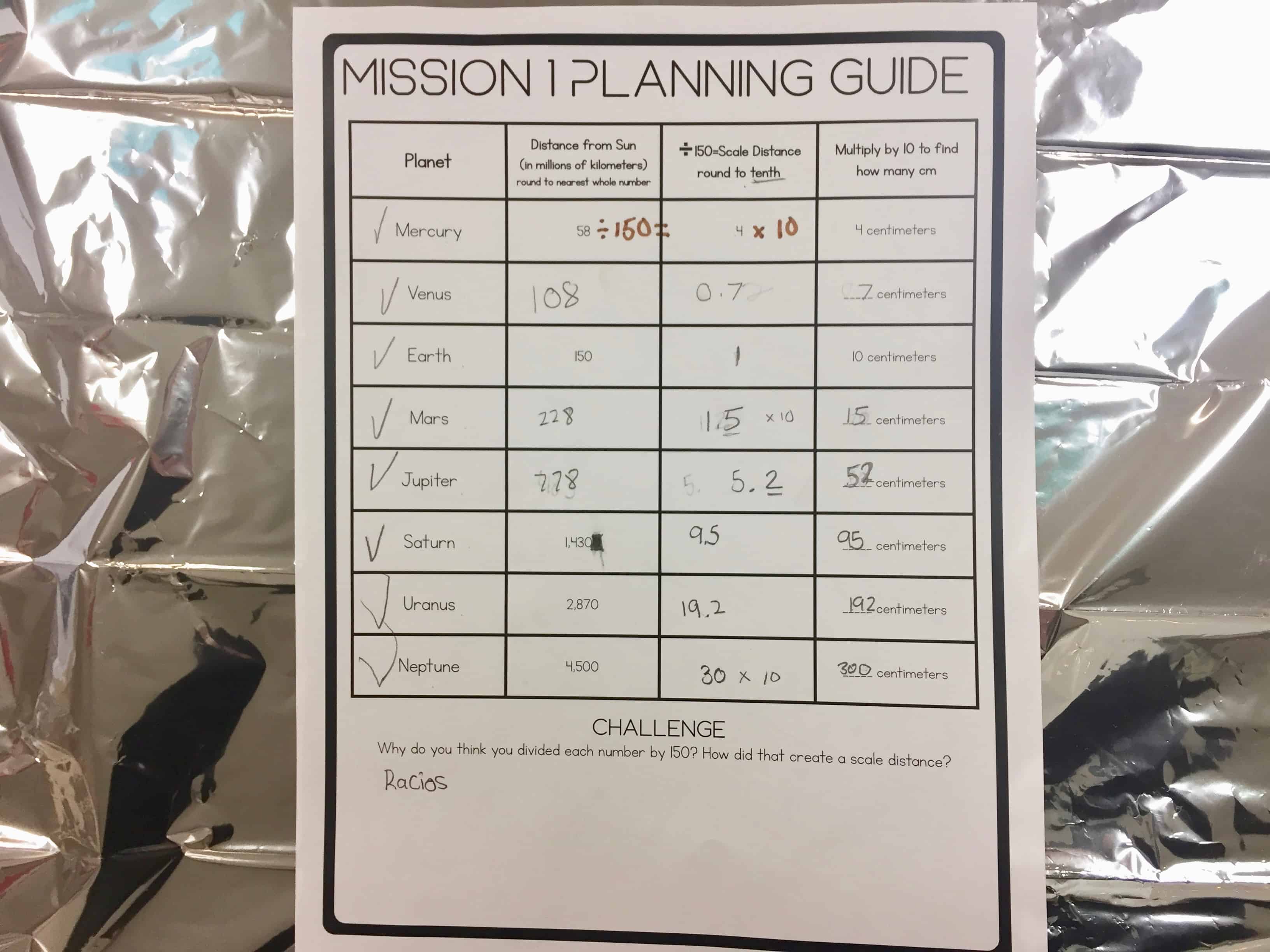
Teaching About Space: Mission 2
In mission two, students created a scaled model to demonstrate the size of each planet with Play-doh. It was shocking to see how much Play-doh I need for this activity! Thankfully, students were working in groups, so that saved on supplies. Students were absolutely shocked to see the difference in size between Earth and Jupiter and Saturn.
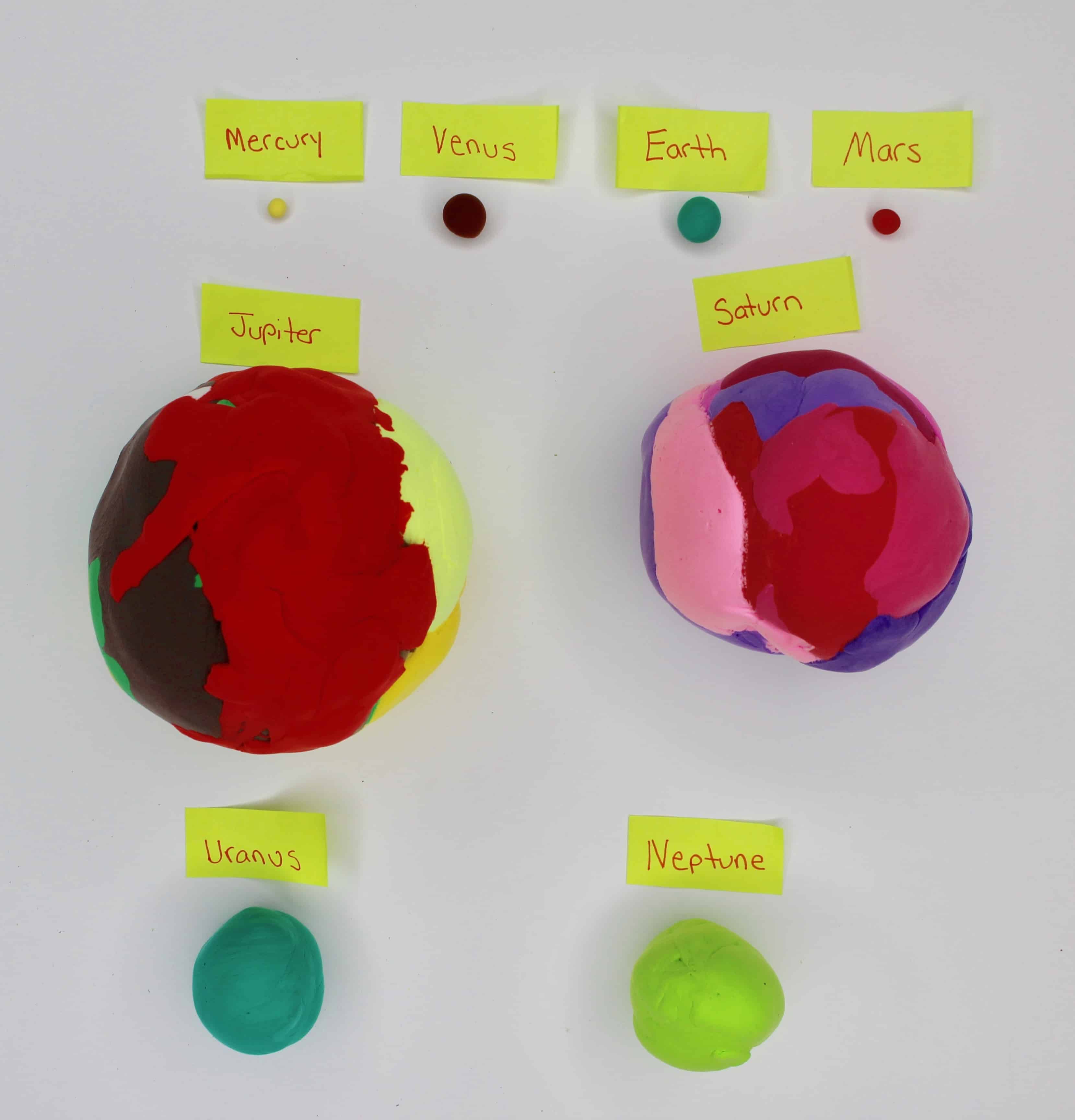
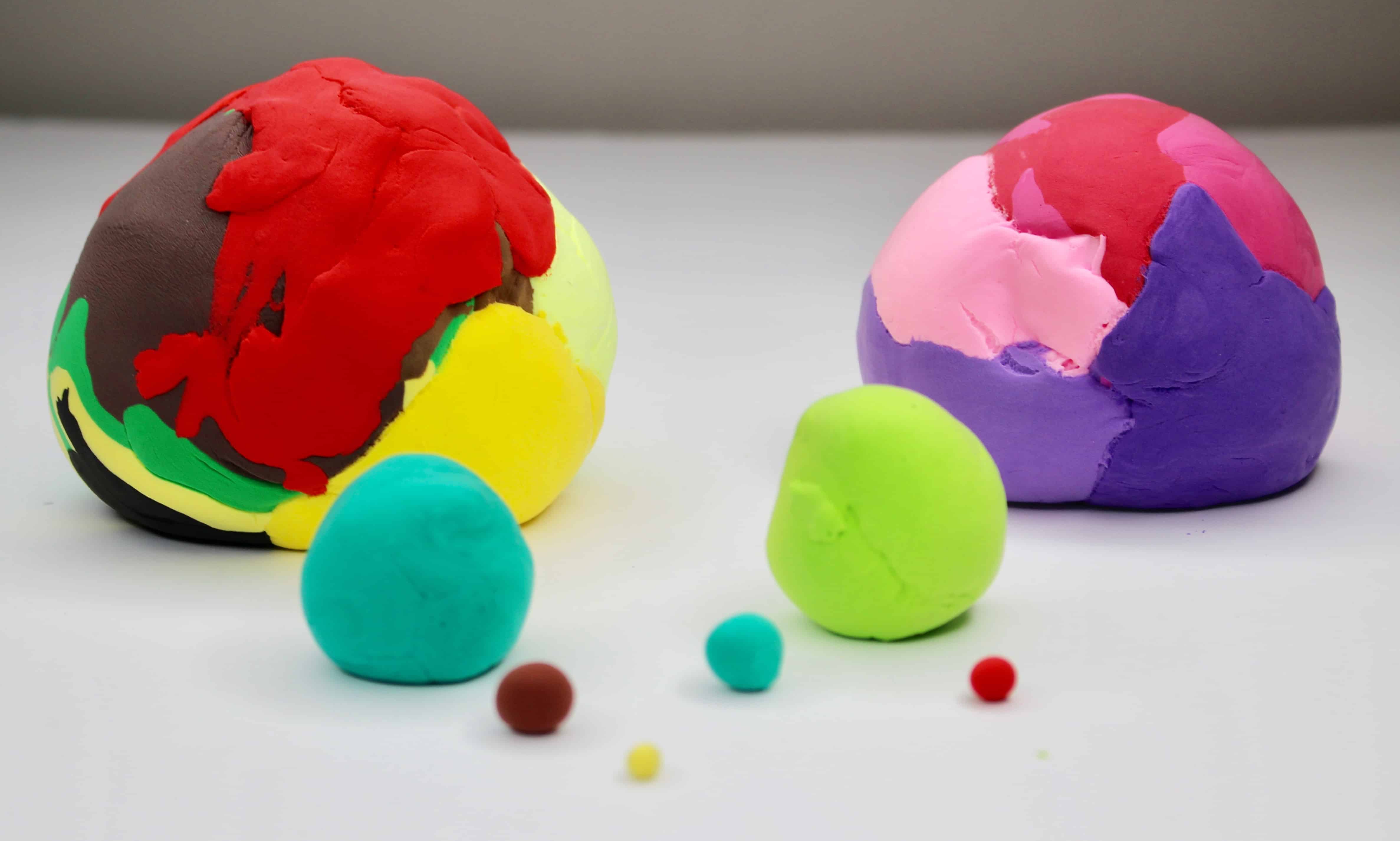
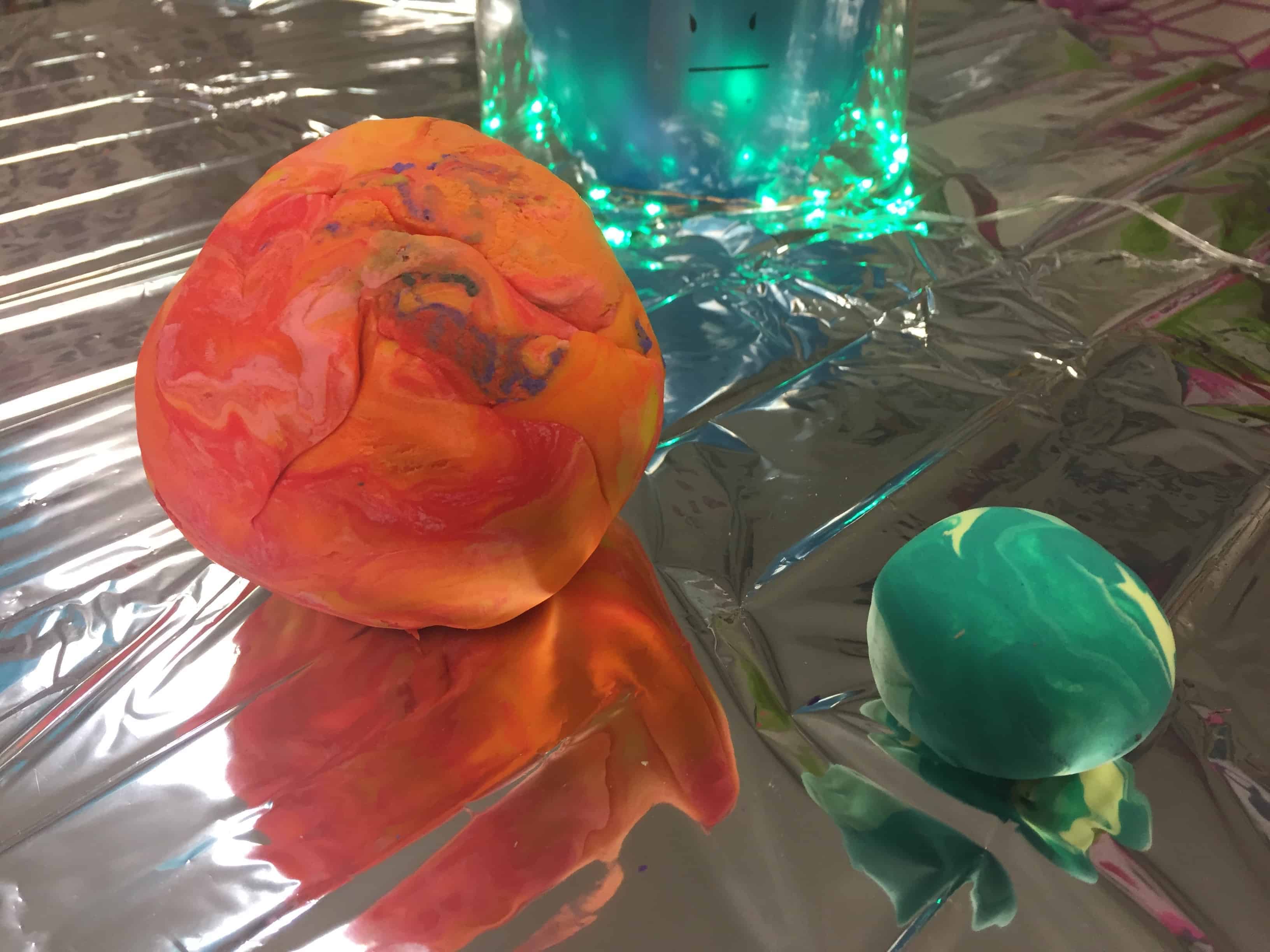
Teaching About Space: Bonus Missions
Missions 3, 4, 5, and 6 are all bonus missions. In mission 3, students used models to create a video that explains why we have day and night and why we have seasons. We used Flipgird for the video, because Flipgrid is SO easy to use! You can read more about Flipgrid in this post.
In mission 4, students created craters in sand. Students leveled a shallow bowl of sand. They dropped a marble into the container from each height listed on the Craters table. Students then removed the marble and tried not to disturb the sand. They had to measure the diameter and depth of the crater that the marble created in the sand from each height.
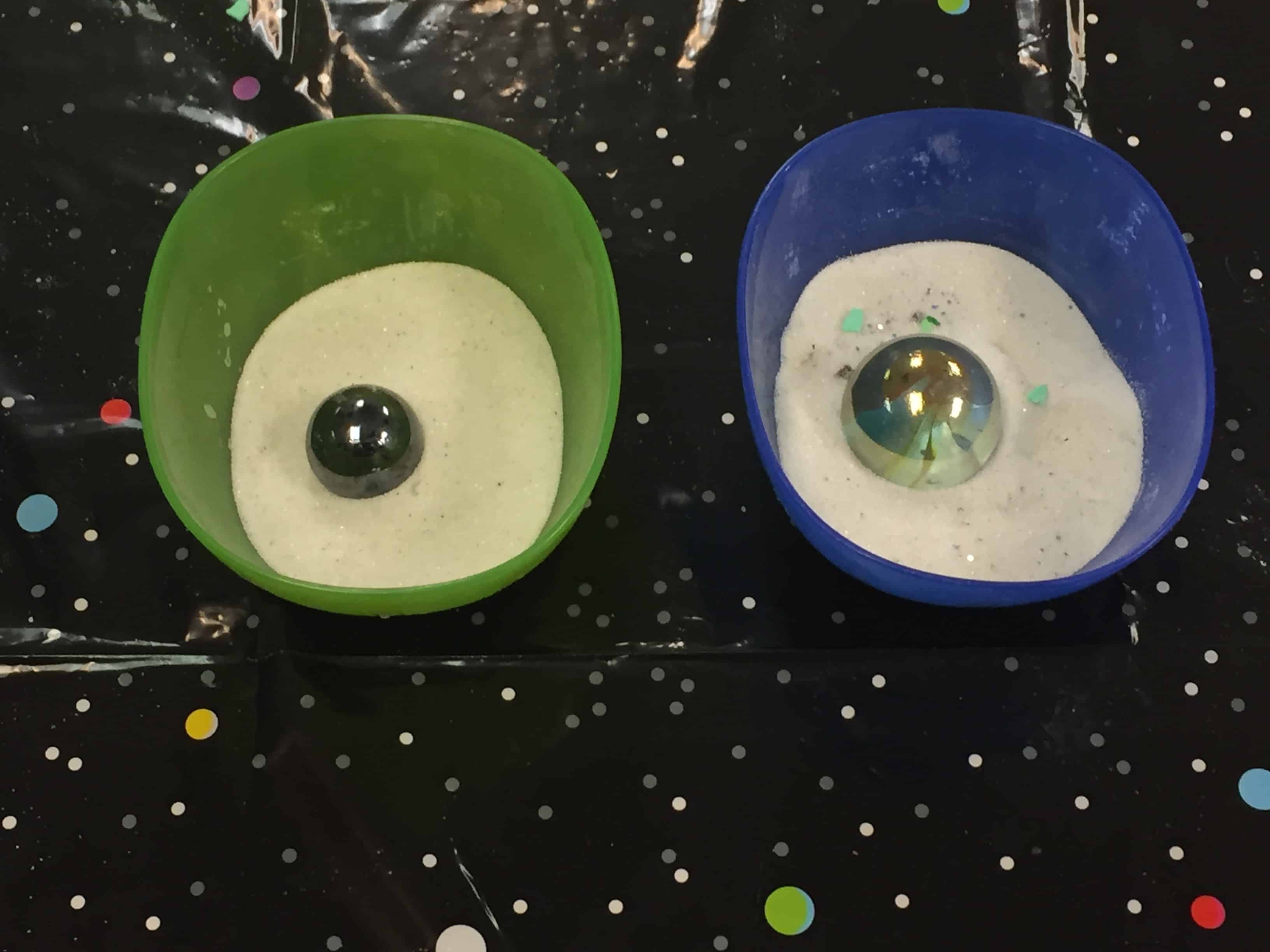
In mission 5, students created a set of constellation cards for 12 different constellations. I had students use a safety needle to poke a hole through each of the stars and holes on the constellation card. They could shine a flashlight through the card in a dark room to see the constellation.
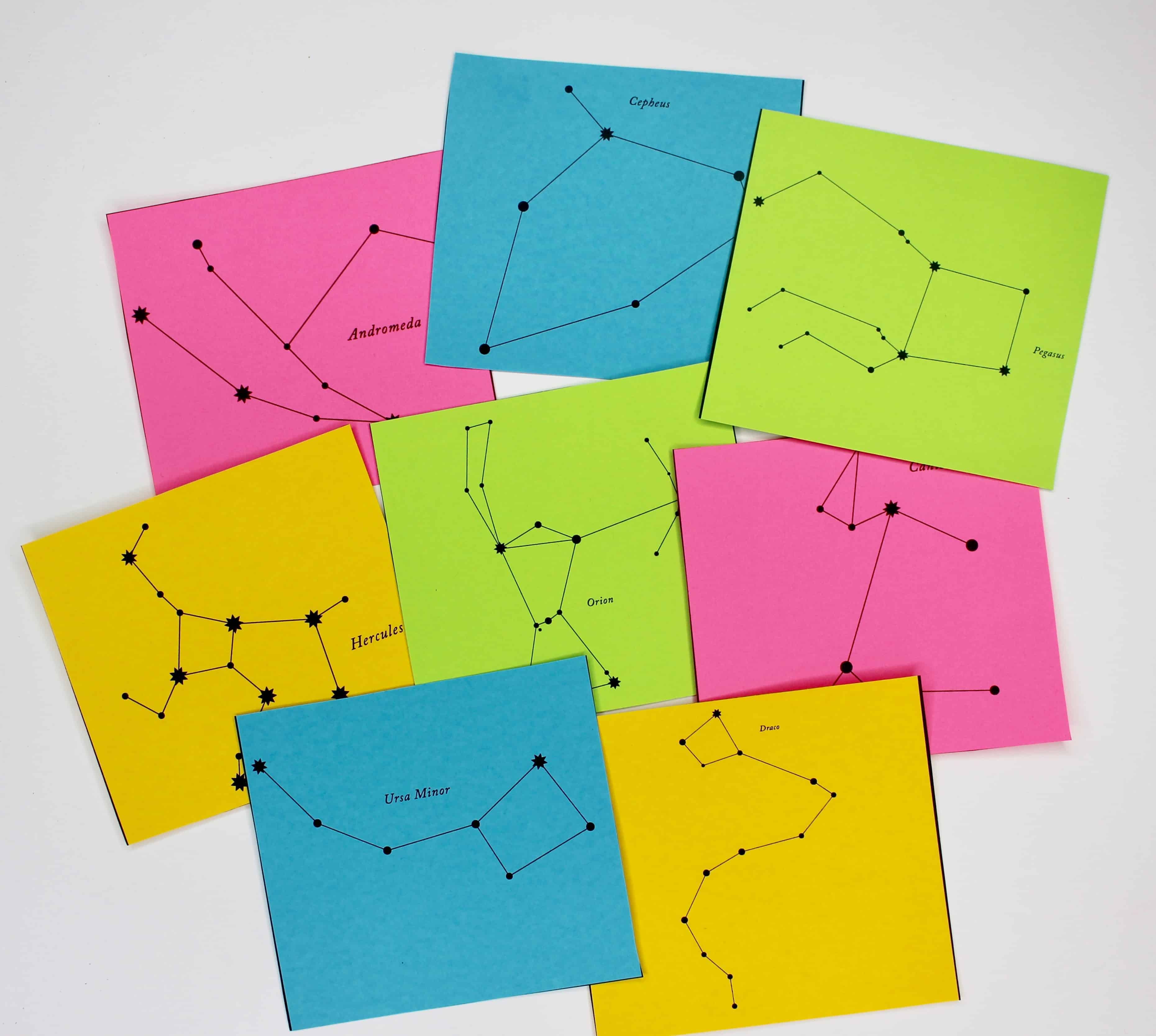
In the last mission, students design a shuttle lander that will slow the speed of the space shuttle to allow an astronaut to reenter Earth’s atmosphere safely. Students had a planning sheet to fill out before they could begin designing their shuttle lander. Students tested their landers by dropping it from the top of the monkey bars. Inside the lander was a Lego astronaut, and students tried not to break the astronaut as it dropped!

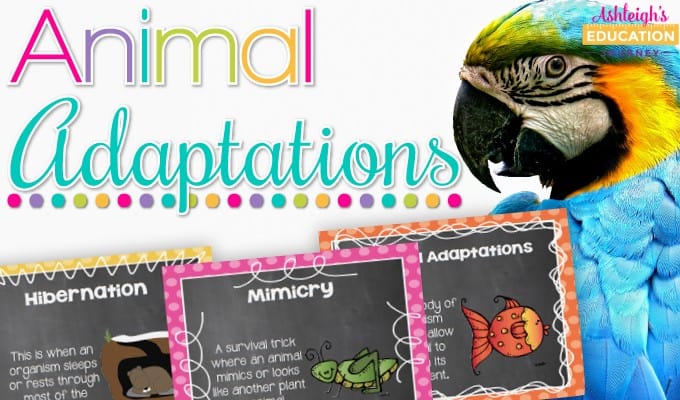
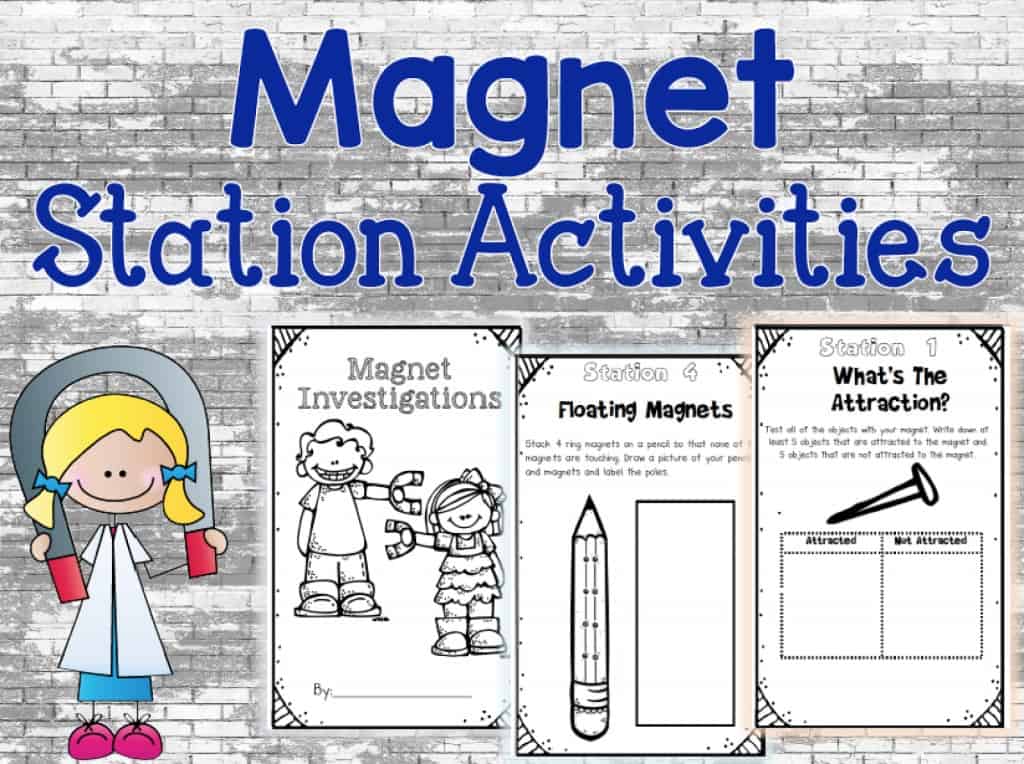
This is absolutely amazing! Student centered and engaging! Love it!
Love this! Where did you get the glow in the dark star stickers?
I got them from Amazon!
Where did you find the cake toppers the aliens were under?
I found them on Amazon. They were from a couple different stores.